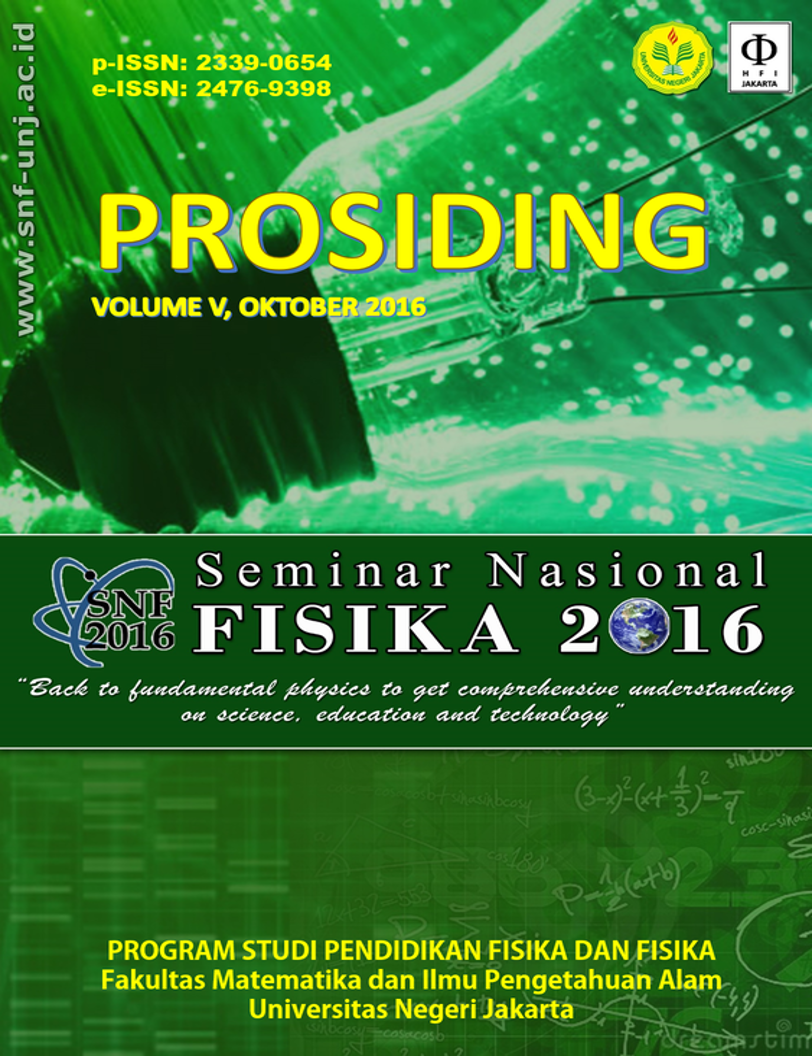PEMANASAN CEPAT KERAMIK KOMPOSIT SiC-ZrO2 DENGAN MICROWAVE DAN KARAKTERISASINYA
Abstract
Ceramic Matrix Composite (CMC) have advantages in hardness and heat resistance. In addition, by strengthening the use of a ceramic material ZrO2, it will provide improved high temperature resistance and fracture toughness. SiC-ZrO2 composites, are also widely applied as a base material for components of automotive products, such as: spark plugs, turbo-charged, piston heads, pump seals, valve rotor and other components associated with the application of heat-resistant material. Ceramics matrix composite of SiC-ZrO2 was prepared using mechanical milling for 144 ks and heated using single-mode 2.45 GHz microwave sintering technique. The different effect of electric and magnetic fields were examined at a constant power of 800 W. The final compact specimen and the microstructures observed by scanning electron microscope (SEM) were compared to another field assisted sintering technique, also known as, spark plasma sintering (SPS). The comparison of the microstructure in both microwave and SPS were carried out at a constant temperature (~1273 K). The temperature of the microwave was controlled by adjusting the power and has been measured by an infrared radiation thermometer. Shell-core microstructures have been obtained by microwave sintering. Nevertheless, single-mode microwave sintering is generated through local heating, where heat is concentrated in the one area. The result of microstructure change in the microwave reported that the longer sintering time the size of core and shell area does not increase. In addition, grain growth was not found with the influence of the longest microwave sintering time.
Keywords: Sintering, Microwave, Ceramics Composite, SiC-ZrO2, Microstructure.





